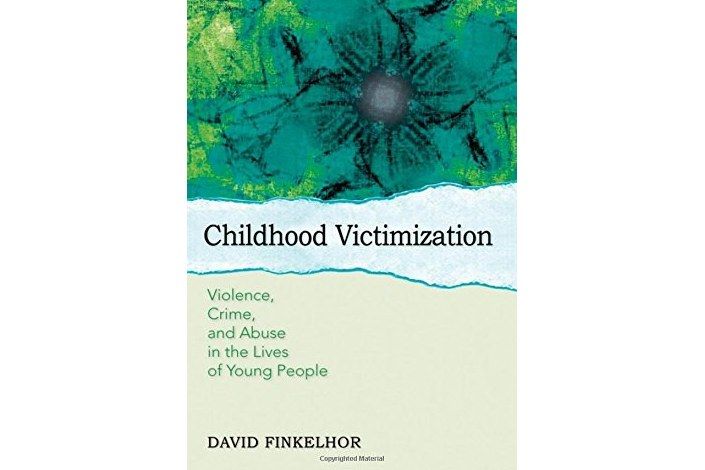《Childhood Victimization》是2008年Oxford University Press出版的圖書,作者是David Finkelhor。
基本介紹
- 中文名:Childhood Victimization
- 作者:David Finkelhor
- 出版社:Oxford University Press
- 出版時間:2008年3月10日
- ISBN:9780195342857
內容簡介
Children are the most criminally victimized segment of the population, and a substantial number face multiple, serious "poly-victimizations" during a single year. Despite the fact that the priority emphasis in academic research and government policy has traditionally gone to studying juvenile delinquents, children actually appear before authorities more frequently as victims than as offenders. At the same time, the media and many advocates have failed to note the good news: rates of sexual abuse, child homicide, and many other forms of victimization declined dramatically after the mid-1990s, and some terribly feared forms of child victimization, like stereotypical stranger abduction, are remarkably uncommon. The considerable ignorance about the realities of child victimization can be chalked up to a field that is fragmented, understudied and subjected to political demagoguery. In this persuasive book, David Finkelhor presents a comprehensive new vision to encompass the prevention, treatment and study of juvenile victims, unifying conventional subdivisions like child molestation, child abuse, bullying and exposure to community violence. Developmental victimology, his term for this integrated perspective, looks at child victimization across childhood's span and yields fascinating insights about how to categorize juvenile victimizations, how to think about risk and impact, and how victimization patterns change over the course of development. The book also provides a valuable new model of society's response to child victimization - what Finkelhor calls the Juvenile Victim Justice System - and a fresh way of thinking about barriers that victims and their families encounter when seeking help. These models will be very useful to anyone seeking to improve the way we try to help child victims. Crimes against children still happen far too often, but by proposing a new framework for thinking about the issue, Childhood Victimization opens a promising door to reducing its frequency and improving the response. Professionals, policymakers, and child advocates will find this paradigm-shifting book to be a valuable addition to their shelves.

